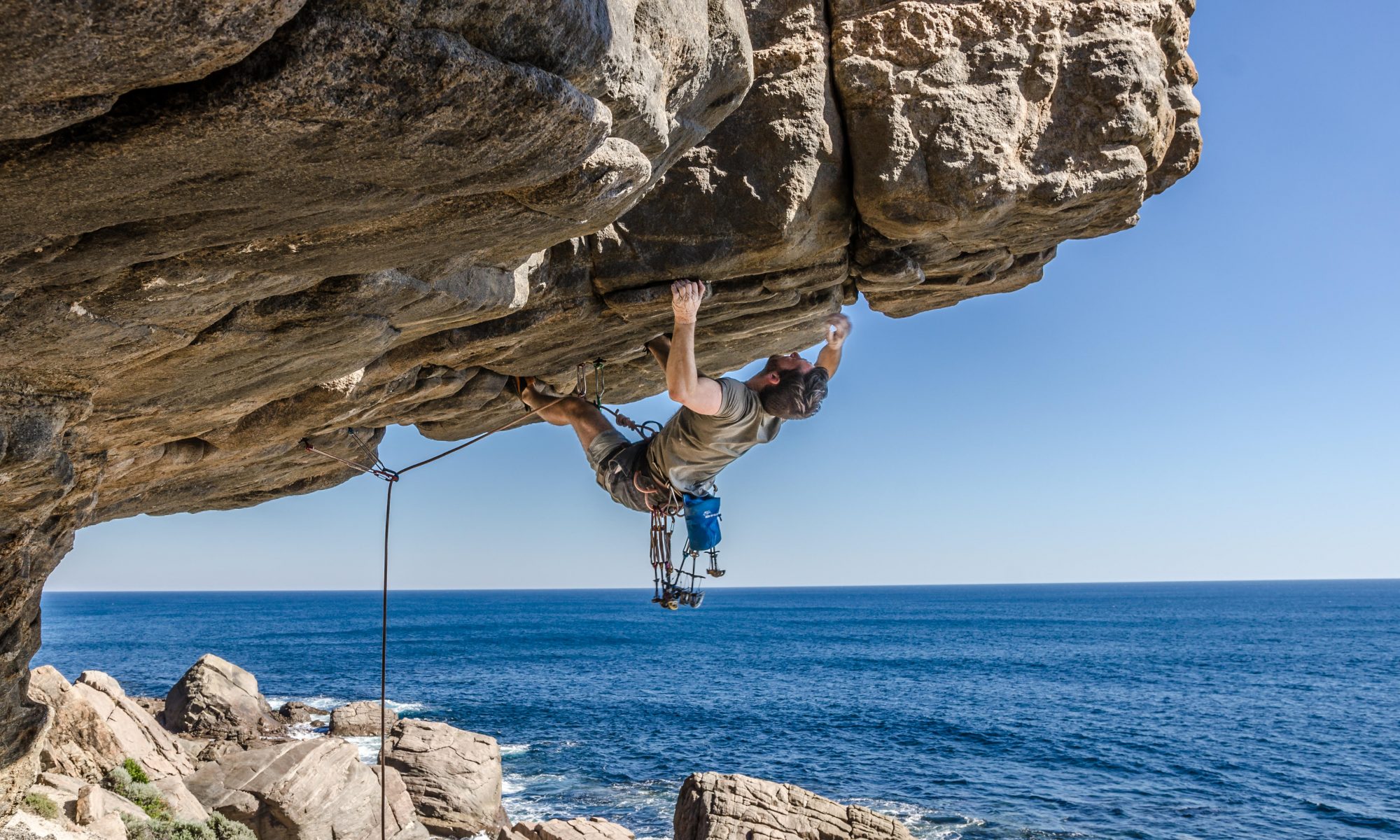The process of matching affordances to movement solutions is known as perception-action coupling.
If we use Newell’s (1986) model of how we learn, we can describe learning as developing the ability to organise various body parts (i.e. neurons, muscles and joints) in co-ordination with each other (known as co-coordinative structures), and in response to information that is meaningful in terms of action (affordances) that is being picked up through direct perception of the environment. In other words the development of perception-action coupling. The elusive ‘feel’!
This perception-action coupling is strengthened through learning and becoming more attuned to information available to us that is relevant for movement. A complete beginner looking at a section of a river will be looking at the same piece of water as an experienced paddler, but the experienced paddler will be seeing patterns and affordances in the water features that mean something to them in terms of movement, such as waves to surf and eddies to break out in. The beginner will probably be seeing a seething mass of random ‘noise’ that is complex, meaningless and even frightening.
The same principle applies to an experienced climber, skier, equestrian or any other adventure sports participant. An experienced climber will see patterns and affordances in the rock features that are meaningless to a beginner. These affordances also change with movement. This suggests that skills that will be executed within a specific environment and linked to perceptual information should be learnt and practised in that environment.
These articles explore perception-action coupling in more detail:
Climbing: Too Hard for George Smith.
Paddlesports: They say you can’t learn feel..!
